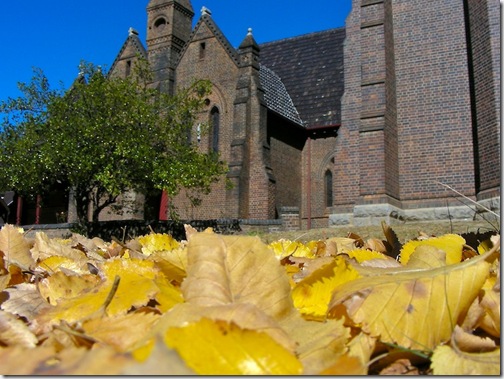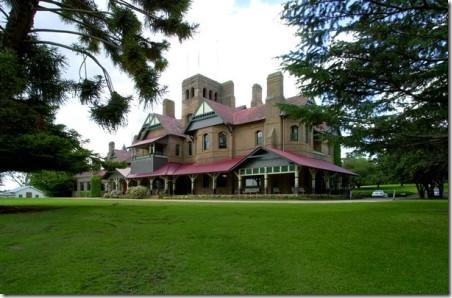Visitors comment on the beauty of many of Armidale’s buildings. They give the city a unique feel.
Behind that beauty lies the story of architects and architecture, the people and changing fashions that formed the city we love.
John Horbury Hunt was born in New Brunswick, Canada, in October 1838. He practiced first in Boston, emigrating to Australia in 1862 after the US Civil War led to the closure of the Boston practice in which he worked.
Initially Hunt worked for Edmund Blacket, another architect who had a considerable influence on New England’s built landscape, before establishing his own practice in 1869.
Hunt’s first great commission was the Newcastle Cathedral. From there, he went on to design many of the churches and great homes across Northern New South Wales. Many of those commissions came from the White family who acted as his sponsor and promoter.
In Armidale Hunt designed St Peter’s Cathedral, the Deanery, St Johns Theological College, the Armidale Hospital, Booloominbah and Trevenna. You can see from this list just how important Hunt was to the city we have today.
Hunt was a natural Victorian eccentric whose architectural views extended well beyond the conventional limits of the time. He had a deep understanding of the materials he used and of all building skills. This led him to experiment with different forms. The results are clear in the texture and special design features of  his Armidale buildings.
his Armidale buildings.
Hunt was not an easy man to deal with. Armidale historian Lionel Gilbert described him as small, mercurial, irascible, uncompromising, egotistical, aggressive, if with certain warmth.
Work dried up as the depression of the 1890s squeezed Sydney. Then in 1895 came the death of his wife Elizabeth.
Elizabeth was fourteen years older than him and had, I think, been the bedrock of his life. From there his decline was inexorable. There was no work, he saw his beloved Cranbrook cottage at Rose Bay seized and survived as best he could by selling his possessions.
By the time he died in 1902, Hunt was a pauper. His only assets were his spectacles, three gold rings, a silver pencil and eight shillings and threepence in cash. As I read the details of Hunt’s later life I found it profoundly sad that a man who gave us so much should end this way.
Now, looking back, we can see that Hunt's distinctive, radical architecture was twenty years in advance of his peers, some of it unequalled in the world at that time. We can also see that Hunt sowed the seeds of some aspects of modern architecture in Australia.
That’s a great legacy. Armidale gained enormously from Horbury Hunt, but so did Australia as a whole.
Note to readers: This post appeared as a column in the Armidale Express Extra on 9 January 2013. I am repeating the columns here with a lag because the Express columns are not on line outside subscription. You can see all the Belshaw World and History Revisited columns by clicking here for 2009, here for 2010, here for 2011, here for 2012 here for 2013











2 comments:
My brother lived at Ormidale Terrace in Edinburgh Scotland and his ex wife still does. Ever since I read about your Armidale, I have wondered if there could be some connection. Any views?
Probably not, Ramana.
Armidale was named by Crown Commissioner of Lands, George James Macdonald. He set up his 'Armadale' headquarters, named after his Scottish clan chief's castle on the Isle of Skye, on part of the Tilbuster property in 1839. A clerical mistake resulted in the name of the settlement being respelled as ‘Armidale’. Just as well, perhaps. There are two other Armadales with an a in Australia!
Post a Comment